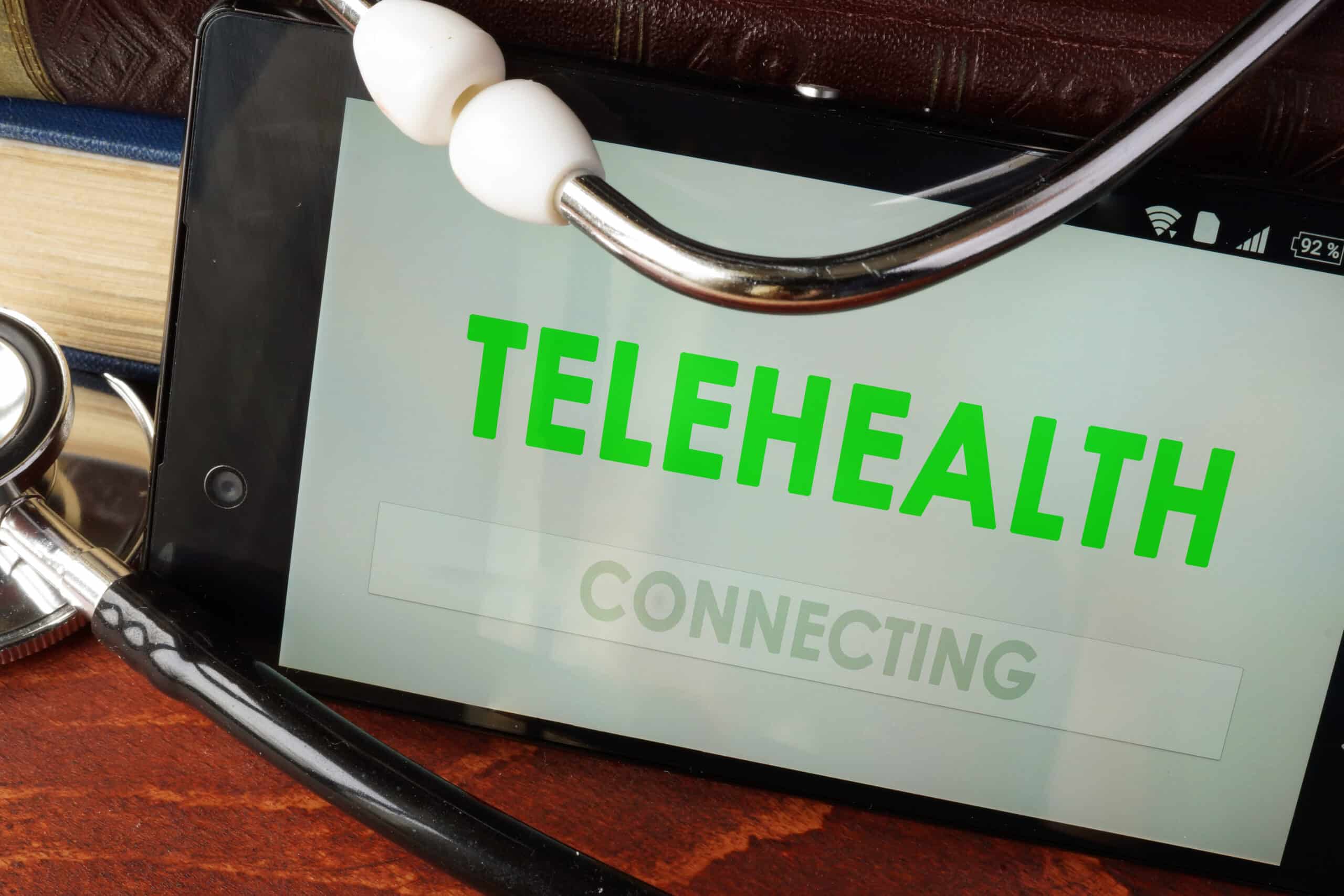If you’re among those starting to embrace telemedicine, it’s worth adopting practices that can help you to make the most of your experience. With a few focused considerations, adjustments, and preparations, you can ensure you get the care you need in a way that fits with your other lifestyle needs.
Establish That Telehealth is the Right Option
The first part of maximizing your virtual healthcare experience is to make certain that it’s the right option. Not all circumstances or patients will be a good match for telemedicine.
You need to consider whether the type of treatment you’re seeking is practical over a telemedical call. There’s an increasing number of health conditions that an online doctor can treat, thanks to advances in digital technology and remote telehealth platforms. Relatively minor ailments — such as a cold or the flu — can be addressed with virtual recovery advice, so you don’t have to go to a physical office. You can get vision care, too, with some tests able to be conducted via your computer. It’s also possible to have appointments with mental health and addiction specialists from the privacy of your own home.
That said, there are still situations that are less appropriate for telemedicine. Anything that may involve you needing a physical sample taken by your physician is likely to require an in-person visit. Similarly, tests with specialist machines — such as X-rays or magnetic resonance imaging (MRI) — can’t be performed remotely. It’s worth getting advice from your physician if you’re not sure whether there are options for telehealth available.
Another consideration is your insurance coverage. While many insurers temporarily covered telemedicine appointments during COVID-19, some currently don’t offer it as a standard part of plans. Therefore, you should check with your provider about in-network telehealth before proceeding.
Optimize Your Technological Tools
Effective telemedical appointments are, naturally, dependent upon a certain amount of technology. You don’t necessarily need top-of-the-line equipment. Usually, a basic smartphone, tablet device, or laptop will be enough. However, it’s worth taking a little time to optimize your technology to best meet the requirements of virtual appointments.
Some of the things to focus on include:
Internet Speed
Having access to a good internet speed means you’re able to efficiently download and upload data. This is essential for streaming a video call as well as exchanging documents or other files with your physician. If you frequently need to have telemedical video calls, you’re likely to benefit from moderate to high-speed internet, and may be able to adjust your internet speed by changing the placement of, or settings on, your router. For many video calling platforms, a download speed of at least 400 Kbps is recommended, though it’s important to check with your telehealth provider as their platform may have specific requirements.
Online Privacy and Security
With any telehealth call, your privacy and security are of the utmost importance. Your telehealth provider will be expected to maintain a standard of security protection on their platform, as per the Health Insurance Portability and Accountability Act (HIPAA). However, it’s important to ensure there is protection from your side of things, too. Ensure that your device is safeguarded by reliable virus protection software. If you’re attending your appointment over a public network rather than at home, it can be wise to utilize a secure virtual private network (VPN) platform.
Video and Audio Functionality
Two tools that are integral to effective telehealth appointments are video and audio equipment. A webcam or device-integrated camera will help your physician to see you and assess visual symptoms. Functioning speakers, headphones, and a microphone will ensure that you and your physician can have conversations. A couple of days before your appointment, take the time to test each of these elements on the device you intend to use. This allows you to make adjustments or gain replacements if there are any issues.
Make Effective Preparations
It’s not just the technological aspects you need to prepare in the lead-up to your telemedical appointment. Making the most of your experience can benefit from a little personal preparation, too.
Some actions to consider include:
Organizing Your Information
You’re likely to have a limited amount of time assigned for your telehealth call. As a result, you may find it useful to organize all the information you may need so that it is to hand. If you haven’t had a consultation with the physician or service before, it’s worth having your medical records — including information about previous or current medications, surgeries, and test results — in hand. You should also make a list of the things you want to discuss, including any symptoms, questions, or concerns you have.
Setting Interaction Expectations
It’s important to understand that telehealth consultations can feel quite different from in-person appointments. Though more doctors are focusing on adjusting their bedside manner to meet the challenges of virtual appointments, some patients may still find this is either lacking or even slightly awkward. You should set expectations for there to be a difference here and try not to be put off immediately. Indeed, if you’re open about this with your doctor, you can find solutions together.
Conclusion
You can enhance your telemedical experience by taking the time to implement a few preparatory steps. Firstly, make certain telehealth is appropriate for your medical needs and insurance coverage. You should also optimize the technology you’re using, from establishing adequate internet speed to adopting solid security services. Additionally, it’s worth taking a selection of personal preparatory measures that keep you organized during your appointment and set accurate expectations for your online interactions.
Remember, though, that these are just a few basics that help you maximize your experience. There will also be elements and challenges you discover that are personal to your interactions and needs. Be sure to consider these and make mindful adjustments so that you continue to gain from positive health outcomes.




